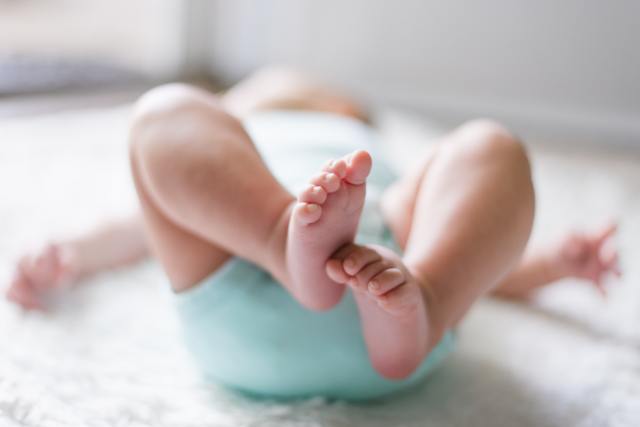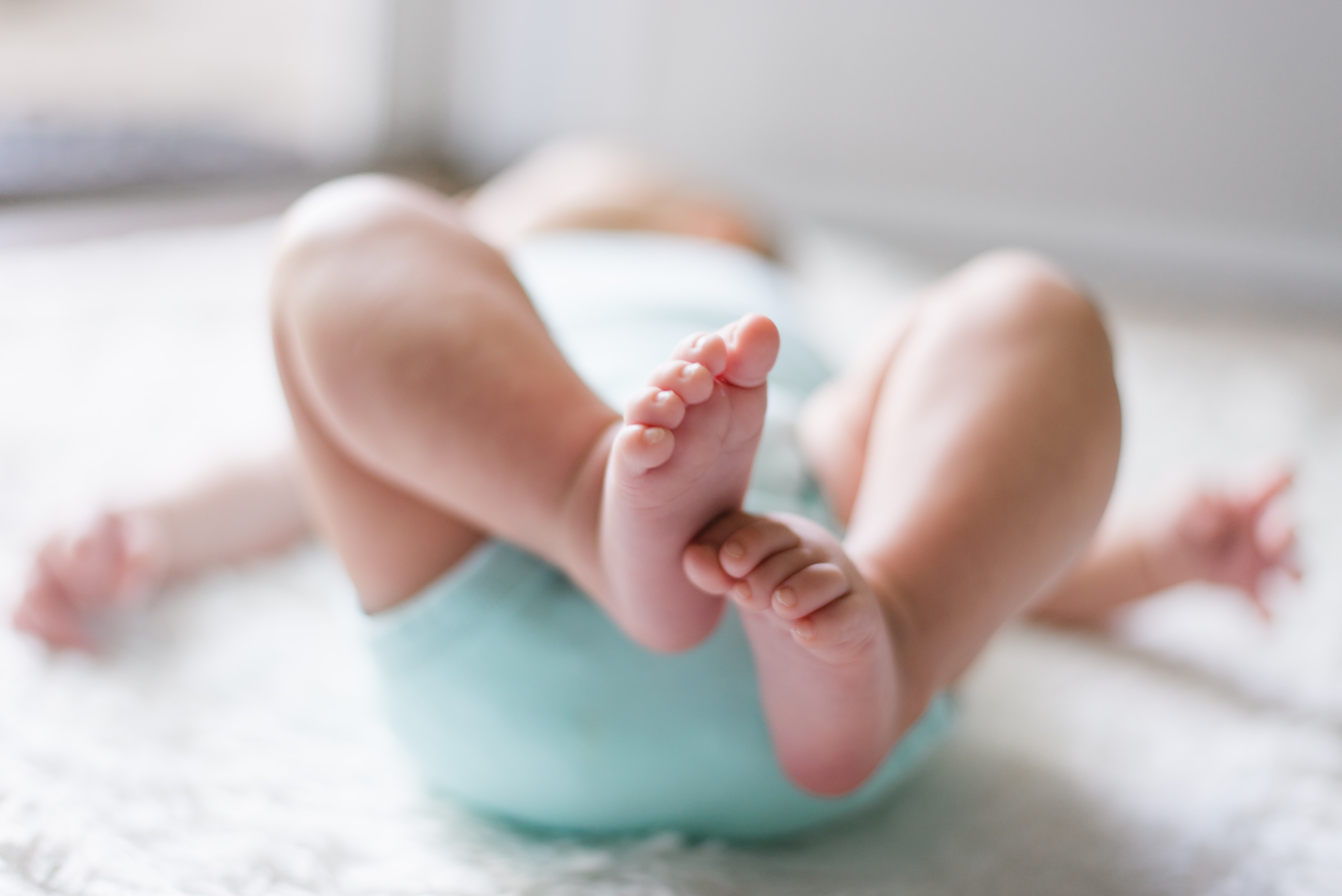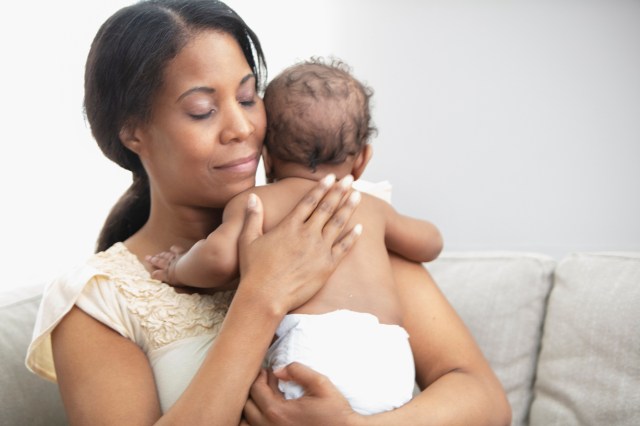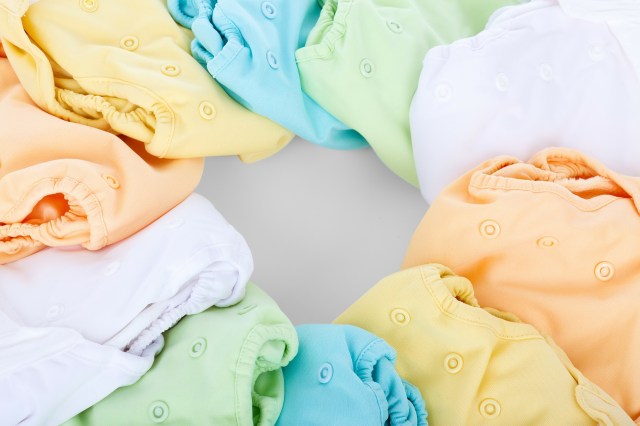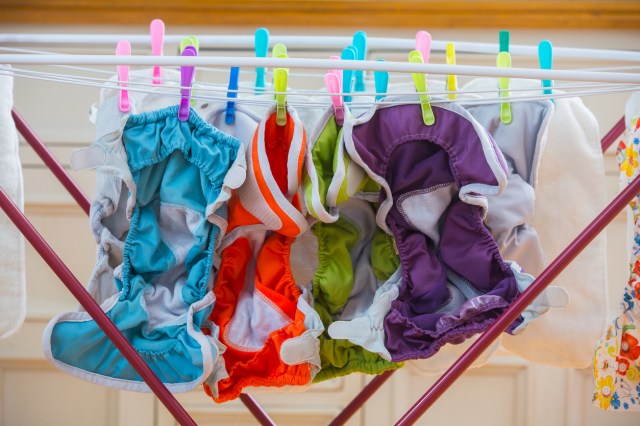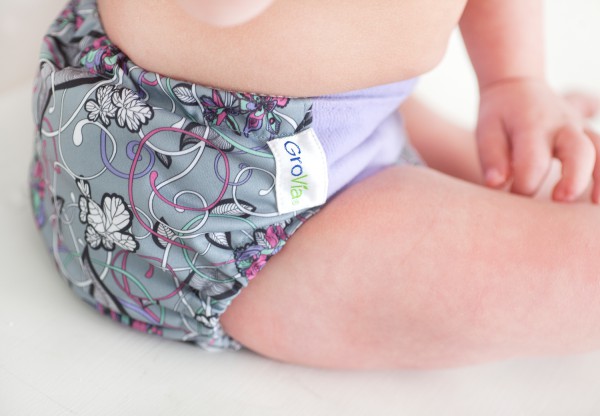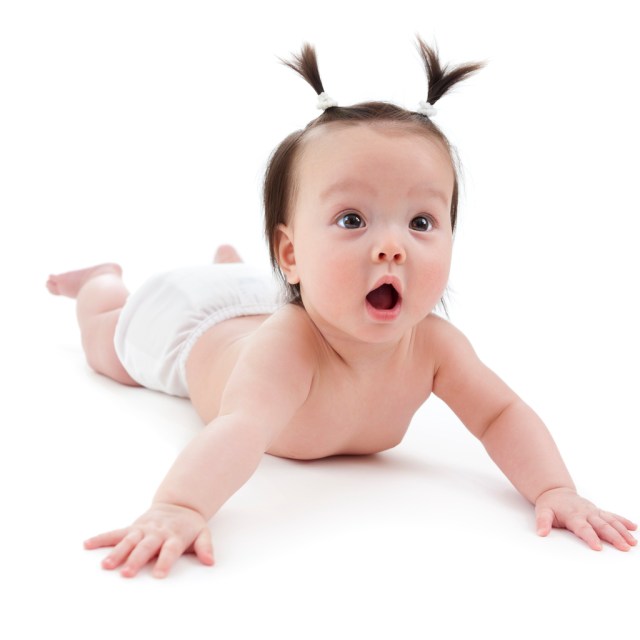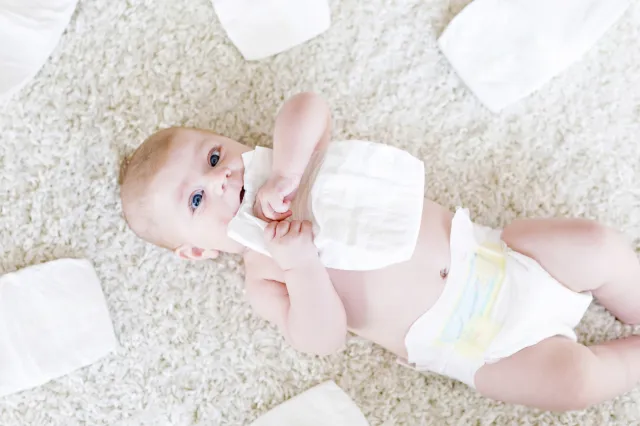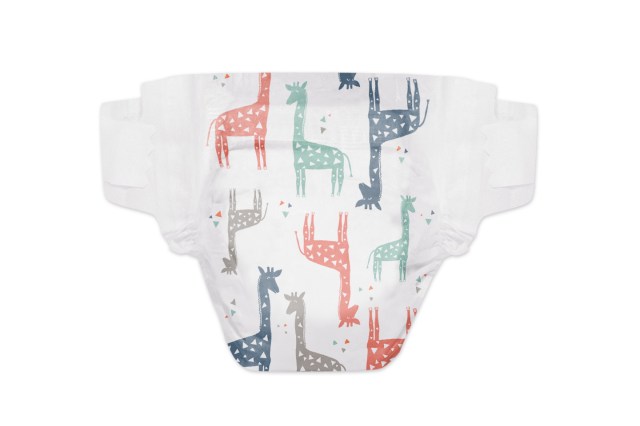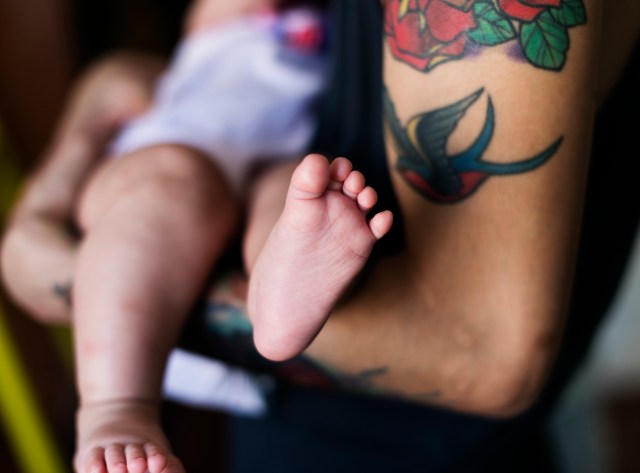Over the past year, many of us have been leaning on delivery services hard to get the things we need, (or just plain want) to make it through the day. From food to flowers, meal kits and fully-prepared meals to toys, cake, wine, gifts, even chickens—NYC is delivering! We found ways to get pretty much anything delivered in NYC, and in many cases, you can support local businesses while you’re at it! (P.S. Don’t forget to tip your delivery person well!)
FOOD
NYC Takeout & Delivery
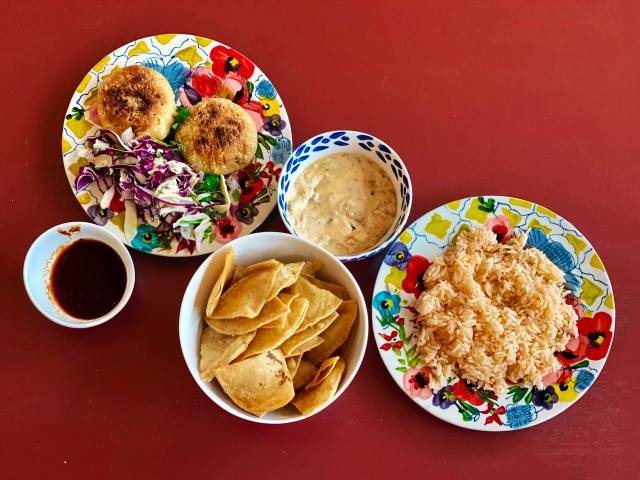
****Important Note!**** I
If you aren't aware, keep in mind that apps and services that facilitate food and drink delivery take a large cut of what a restaurant makes on every order. Better than no order at all? Sure, but to provide the maximum support local restaurants and bars—which, let's be honest, they need more than ever—call the businesses directly and place your order. And don't forget to tip generously!
***************
Miss visiting your family's favorite sushi spot? Bring it home with GrubHub. Did you run out of peppers for your famous beef and pepper stir fry? Get them delivered with Instacart.
Whether you're looking for pre-made food or you want to shop for specific ingredients, food delivery services like UberEats, DoorDash, Postmates, Seamless, the two we mentioned above, and more make it easy to get food delivered at home.
With most of these services, you can request contactless delivery and get your order dropped off outside your door. And while not all services are available country-wide, one of the perks of living in NYC is the sheer number of choices! That sushi restaurant isn't on GrubHub? Maybe it's on Seamless or accepts pickups from UberEats. You can continue to support local restaurants and stores while staying safe at home.
If you're still not sure where to get your takeout from, we have a roundup with the top NYC takeout picks from over a dozen foodie parents — and also a list of our favorite guilty pleasure pizza for those days when you're just craving that delicious melted cheese.
NYC Meal Kits
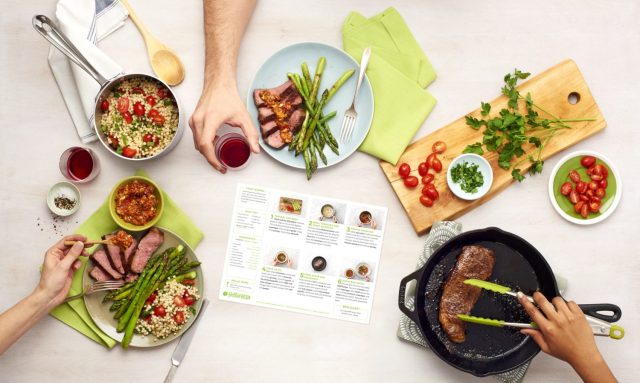
We wish we could eat restaurant-prepared food every day, but it's just not feasible — both for our stomachs and our wallets. Plus, you might just want to make an order once and leave the rest to the delivery service.
That's an option, too!
There are currently many family-oriented meal kits for NYC residents who want meals (or often, the components of meals) mailed out on a recurring basis. You have many options to choose from:
- This roundup will help you choose the best meal delivery service for your family, with plenty of options for prep or no-prep, vegan and vegetarian or omnivore, family-friendly or just for kids, and much more.There are over 15 options to choose from!
- Are you a new mom (or a new dad!) who wants to cut down on time spent in the kitchen so you can spend more time with the family? This RedTri list covers fresh picks for families — without sacrificing on quality and health!
- These slightly more gourmet options are great for families who want a home-cooked meal but don't have the opportunity to actually make these meals themselves.
- If you just want to get the groceries delivered regularly, and you'll figure out how to put them together into meals, these food and grocery delivery services are the pick for you!
NYC Meal Delivery for Kids
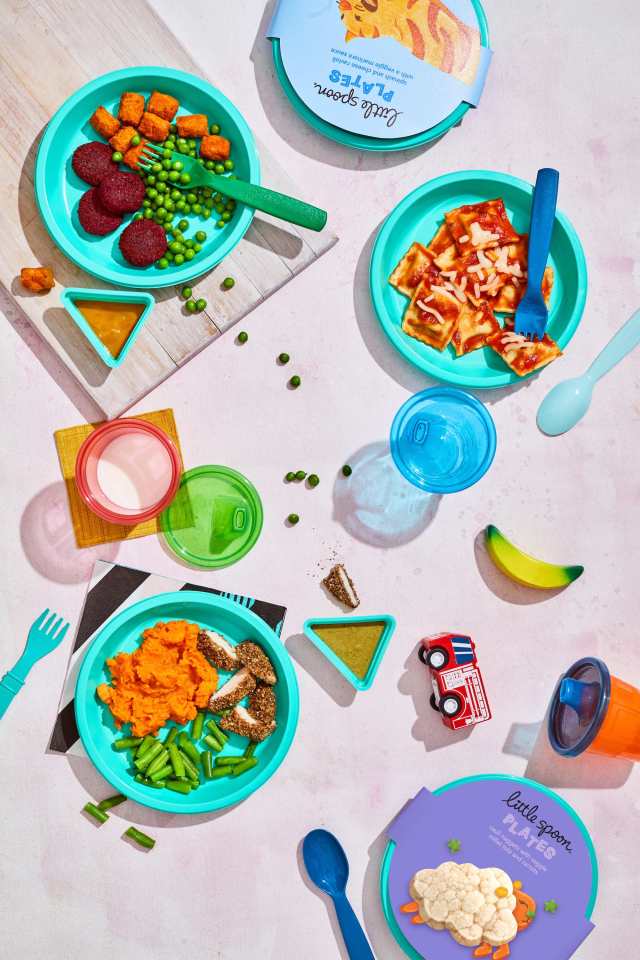
If you want to get your little ones involved in the process, there's a variety of options for meal kits created specifically with kids in mind! These meal kits provide healthy, nutritious meals that children of varying ages are sure to love. Here are a few picks you can consider:
- These dishes are winners with kids: packaged with recyclable materials and made to heat up in just a few minutes, the pre-made dishes from Little Spoon are made to provide kids with delicious nutrition and encourage them to try new foods. All meals are organic and stay fresh for up to 14 days in the fridge, and options are available for babies and up.
- Nourish Baby is an NYC-based children's food delivery service that focuses on wholesome meals, using only organic products, grass-fed and free-range animal produce, and non-GMO ingredients. You can shop for a one-month supply of goodies or sign up for longer, and meals are available for little ones aged 6-24 months. Nourish Baby also has a few selections for the parents to keep you strong and healthy and ready to tackle anything your little one throws your way!
- Hello Yumi is another organic child-food service that is also kosher and uses no gluten, dairy, or allergens in their meals. Meals are made for kids five months and older and consist of nutrient-rich foods. You choose how many meals per week you want delivered, and the fresh food can be used soon after receiving it or frozen for up to two months.
- If you want to have every member of the family covered by one service, Nurture Life can do that. This meal subscription service provides meals made especially for different ages to help even the pickiest eaters become more adventurous. Choose from meals for babies, toddlers, kids, and even teens and adults. Meals are premade and just need to be reheated for a few minutes. Every meal contains a heaping serving of veggies — the site boasts that some options have as many as nine vegetables in one meal!
Cake, Dessert & Candy Delivery
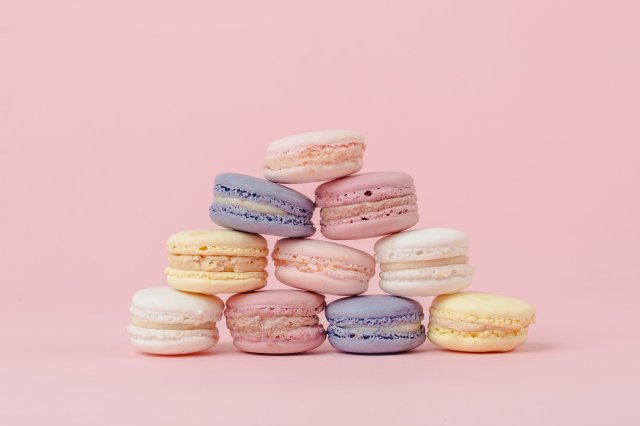
You can get your hands on some gourmet sweets from NYC-based stores, as well! Beloved sweet-tooth spots like the Milk Bar and Chelsea Market Baskets will deliver to your door — which is excellent news but also potentially terrible news.
NYC Alcohol Delivery: Wine, Beer & Liquor
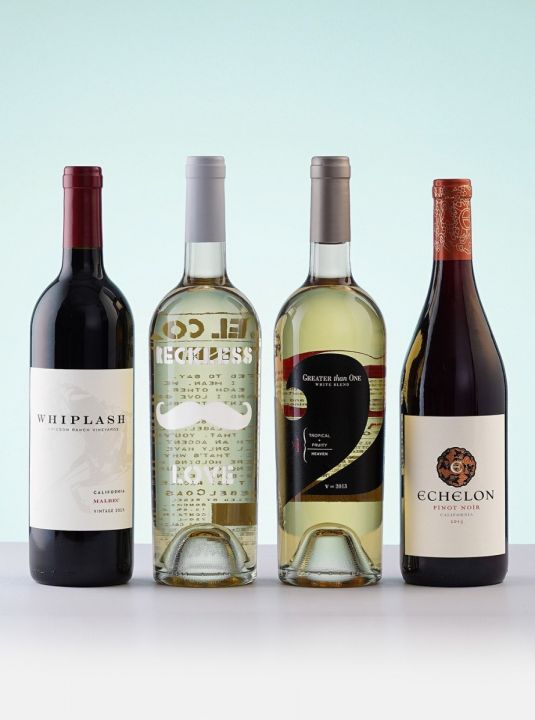
Need to restock your minibar or have some downtime wine after the kids are asleep? Alcohol delivery services like Minibar and Drizly will get your choice of beer, wine, or liquor delivered to you in as little as 30-60 minutes.
ESSENTIAL GOODS
Now that all your nutritional needs are taken care of, you can move on to other essentials. You don’t have to give in to the draw of big-name online retailers — there are ways to support small local businesses while still stocking up for all your needs!
To Shop Local Businesses

For general goods sourced from NYC stores, check out shopINnyc. This website is your online portal for local goods. Think of it like a hyper-local Etsy: Add goods (everything from baby clothes and bath products to wine and jewelry) to your cart from any NYC stores you want, then the stores and members of the Cinch marketplace work together to get them all to you in one convenient package! Besides the obvious support you'll be providing for local businesses, there are a few other perks to shopping with Cinch: If you order by 10 a.m., you'll get your package delivered same day, and the website also sometimes hosts fundraisers (for example, at the time of this writing, Cinch will donate an item of food to local NYC pantries for every order from the Valentine's Day collection). It's a great way to continue to support your community from home!
Online: shopINnyc
NYC Diaper Service & Delivery
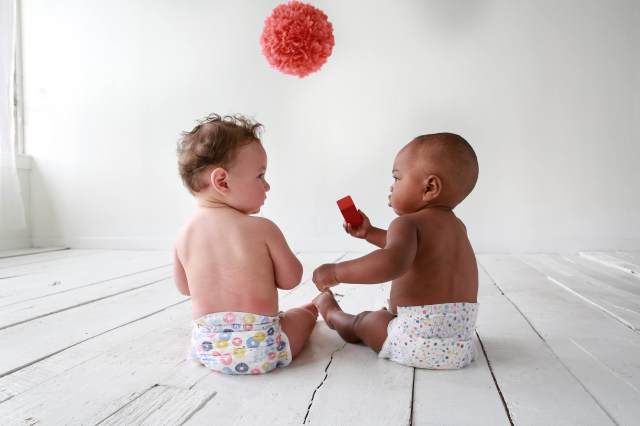
If the main event has already happened and you're a new parent (or seasoned parent with a new baby!), you may be struggling to keep your supply of diapers stocked. Enter Diaperkind, a Brooklyn-based cloth diaper delivery service that provides everything from the diapers to the washing know-how and products. The service features responsibly made, often local cloth diapers and related products, whether you're a cloth convert or are looking to try reusable diapers for the first time. If you sign up for their delivery service, Diaperkind will prep diapers for you starting with right before the baby's due date all the way up to potty training.
Online: diaperkind.com
Maternity Clothes (and Support!)

Expecting moms can get the self-care they need and some comfy-stylish maternity clothes from Bleecker Street's favorite maternity boutique, Hatch.
Shop beauty and wellness products for expecting moms for "before, during, and after" your pregnancy. Being cut off from others can be particularly difficult when you're expecting, so join the Hatch community and get plenty of support through digital events like Zoom meets and workshops, IG Live talks, and other resources that'll help prepare you for motherhood in these uncertain times. (Expecting dads, there are resources here for you, too!)
17 Bleecker St.
212-529-7063
Noho
Online: hatchcollection.com
NYC Flower Delivery

Flowers can make a space brighter and a heart lighter! Take your pick from national suppliers in our roundup, or shop local instead with plant and flower supply stores like NYC's My City Plants, which will help you choose and procure the perfect indoor plants for your space.
NYC Toy Delivery
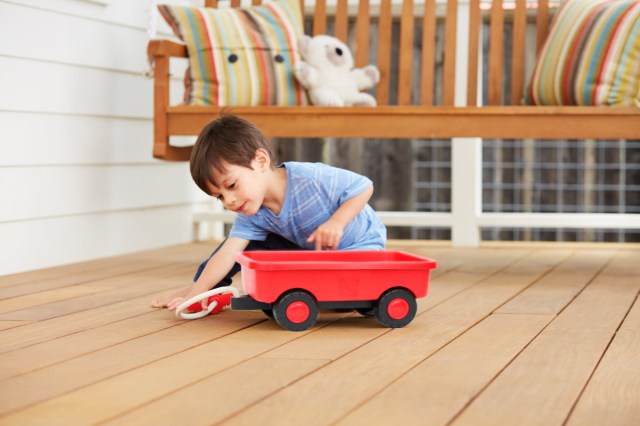
Keep kids playing and learning with NYC-based toy stores that offer delivery options, like Mary Arnold Toys, which delivers locally and even has the option to deliver same-day as long as your building's in Manhattan and has a doorman.
NYC Book Delivery
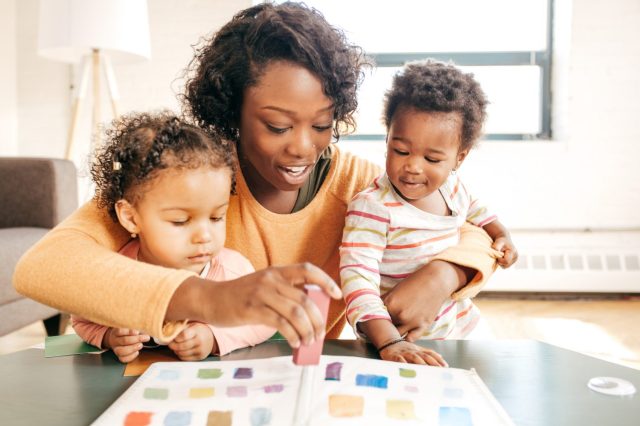
Book subscription boxes will keep all your little bookworms excited to receive mail every month! There are book boxes catered for younger kids, like Lillypost (they'll also donate a book to charity for every box shipped!), to NYC's famous Strand bookstore's "Pick of the Month" service, which will send a signed young adult, mystery or fiction book to your mailbox every month. And if books aren't your top choice for a subscription box, you're sure to find something the family will love in our list of the top subscription services for kids.
Chickens
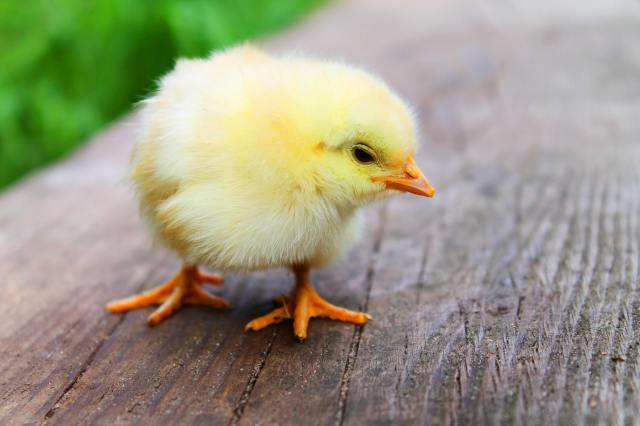
For the family who has everything—including a chicken coop? Murray McMurray Hatchery will send you eggs to incubate that will then hatch into baby chicks (What the what!). The hatchery offers several kinds of collections, including the Rarest of the Rare Assortment, which includes a "deluxe egg collection of the rarest, most beautiful and exotic chickens," as well as the Feather Footed Fancy Assorted Collection, which features "fascinating large breeds which have feathered shanks and toes and very fluffy plumage giving a massive appearance." You can also pick up a small incubator here. No matter what you're going to do with your chickens, this is one delivery service that will keep the kids—and everyone else—interested.
Online: McMurray Hatchery
—Yuliya Geikhman
featured image: iStock
RELATED STORIES:
Out & About: Free & Fun Events for Kids and Families This Month
Chow, Baby: Meal Delivery Services & Kits for NYC Families
Help Center: All of Our COVID-19 Resources for NYC Parents






